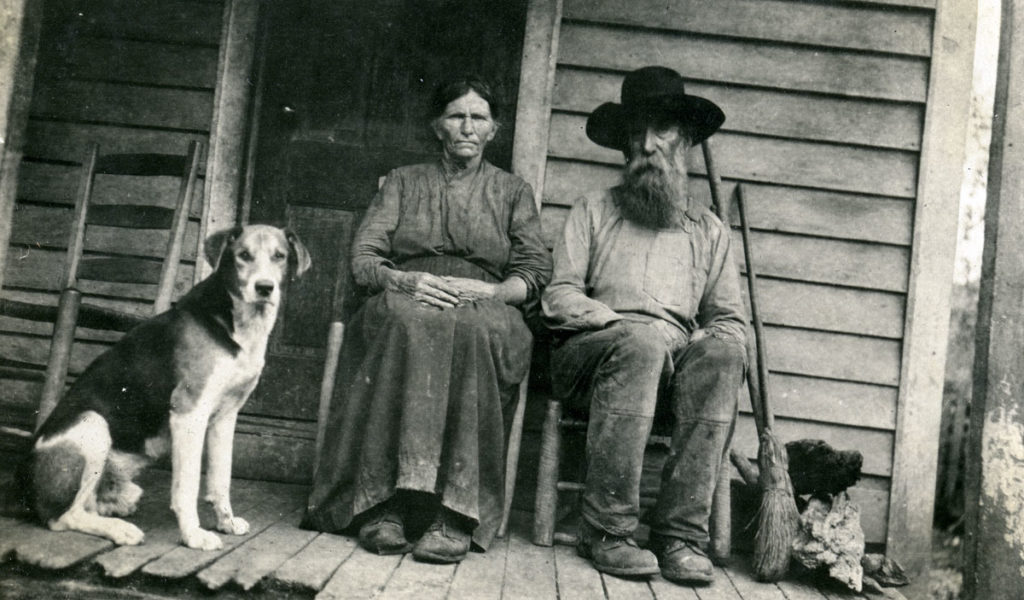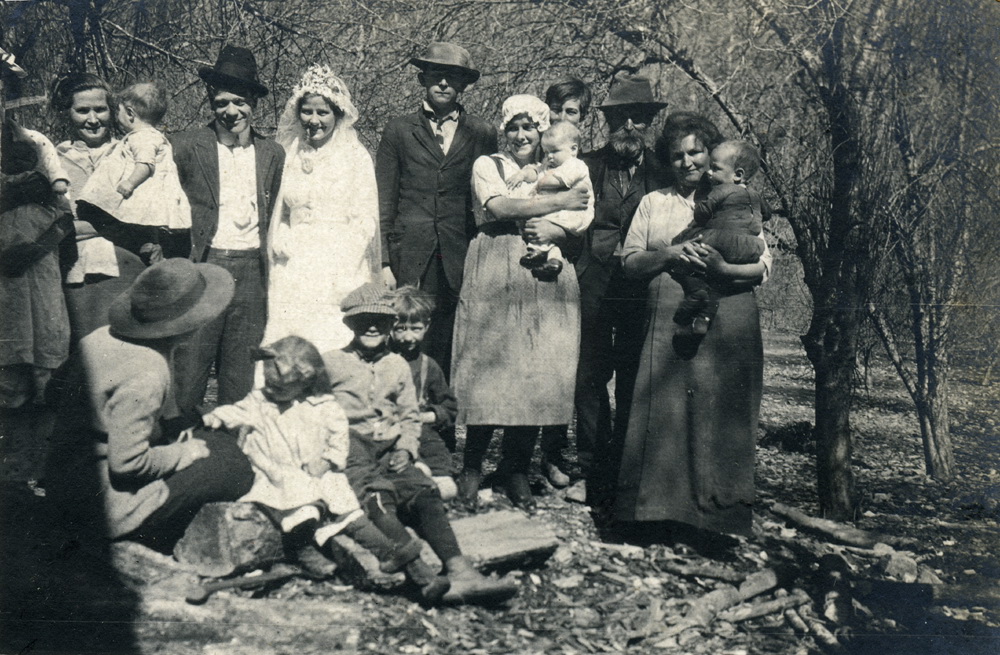Pine Mountain Settlement School
Series: PHOTOGRAPHS
Related to Pine Mountain Settlement School
ABOUT
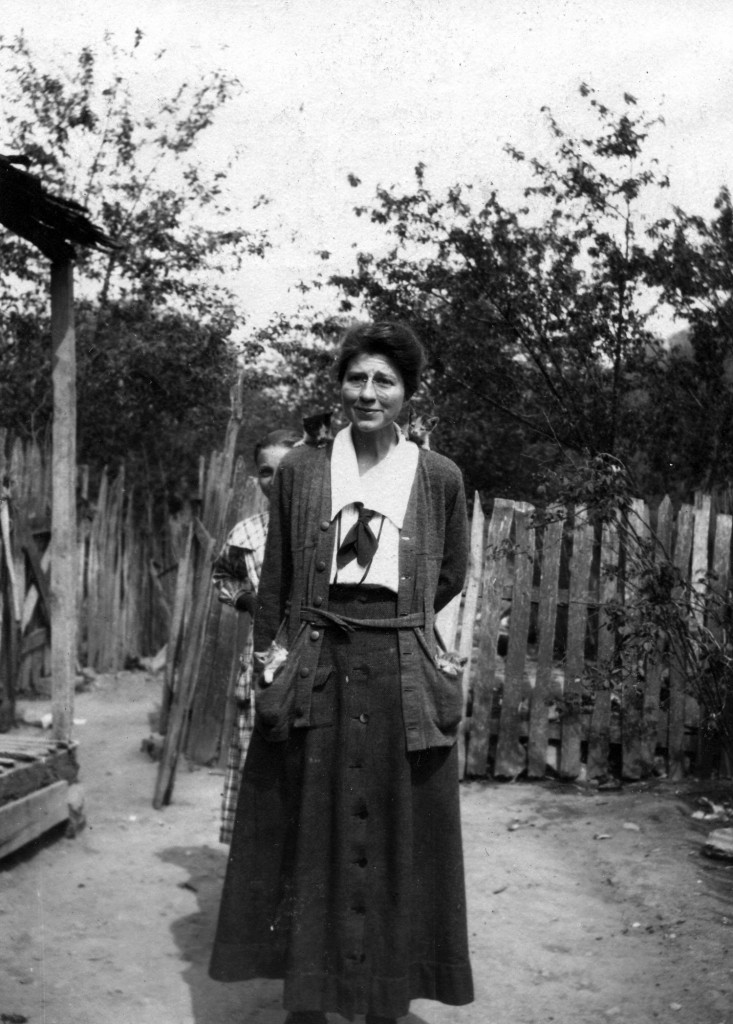
Dr. Grace Huse with kittens in her pockets and on her shoulders. Big Laurel Medical Center. [big_laurel_3327.jpg]
TAGS: Pine Mountain Settlement School photographs, Introduction to photographs, teaching through images, ceremonies, cultural style, photographic information, visual memory, historical photographs, pageants, visual learning
PHOTOGRAPHS ABOUT
INTRODUCTION TO PINE MOUNTAIN PHOTOGRAPHS
Visual images played an integral role in the education of Pine Mountain children and the interactive pageants and photographs that document many of the school events are evidence of a lengthy dependence on the visual image as a teaching tool. This long-term teaching through images is a practice that continues. At Pine Mountain Settlement, pageantry provided the foundation for teaching with imagery and, when photography became widely available, the photographers became the directors and the photographic image became a fundamental classroom tool for aiding in the student’s tool-kit. Remembrance is a gift found in many who grew up in Appalachia and within its many educational programs. Photographs are found in many of the promotional materials of the School and in the personal keepsakes of those who worked and visited the School. Photographs freeze moments in time in the School’s history as they continue to do so today. As captured moments of time spent at the institution, photographs, and the wide variety of visual images provide, arguably, the most direct route to the memories of the institution.
Photographs continue to be fundamental, and when they are arranged chronologically, they form a pageant of history. While the pageants are also testimony to their era, they brought a lasting picture to an audience that savored the visual stories. Photographs are often a private interaction between a viewer and the object. Yet, both pageants and photographs seek to hold history in the visual memory; to hold stories together in their own unique manner. Images promote the arts and tell stories.
Contained within the many photographs in the Pine Mountain Settlement School records are some of the School’s most compelling stories. Images of music and dance, folk craft, mountain vernacular architecture, land use, costume, farm techniques and implements, scenery, neighbors, teachers, students, and classrooms — all the images document the life of the institution — the historical pageant of Pine Mountain Settlement School.
As the educational programs changed and grew, and as the environmental programs evolved, so did the photographs. While these photographic processes and aesthetics evolved, they continued to freeze in time culture, context, and events. If one looks closely, what the photographer chose to photograph is often reflected in the written documents of the time. The two together — photograph and archival record — create and recreate how the creators lived and saw the world around them at a specific time in history.
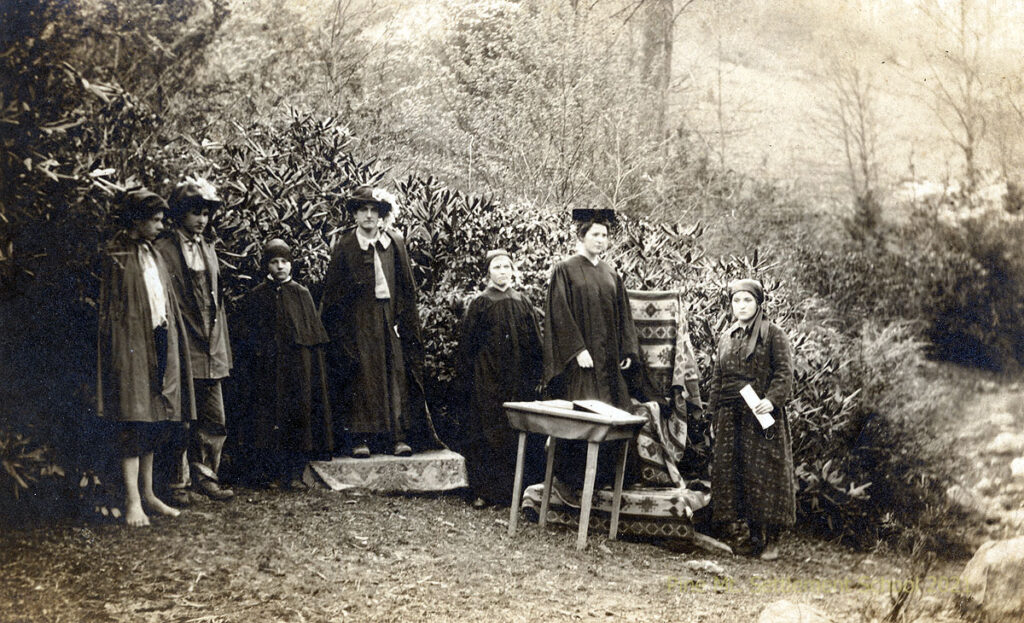
446 Unknown pageant at Pine Mountain. [creech_columbus_4_446.jpg]
Like the written word, photographs capture the essence of the cultural values of the age and the personal interests of the photographer. Just as the pen often captures those essences of person and place, the photographic image makes real the fleeting glance, the intensity of a stare, the discomfort of being photographed, and the joy of discovery.
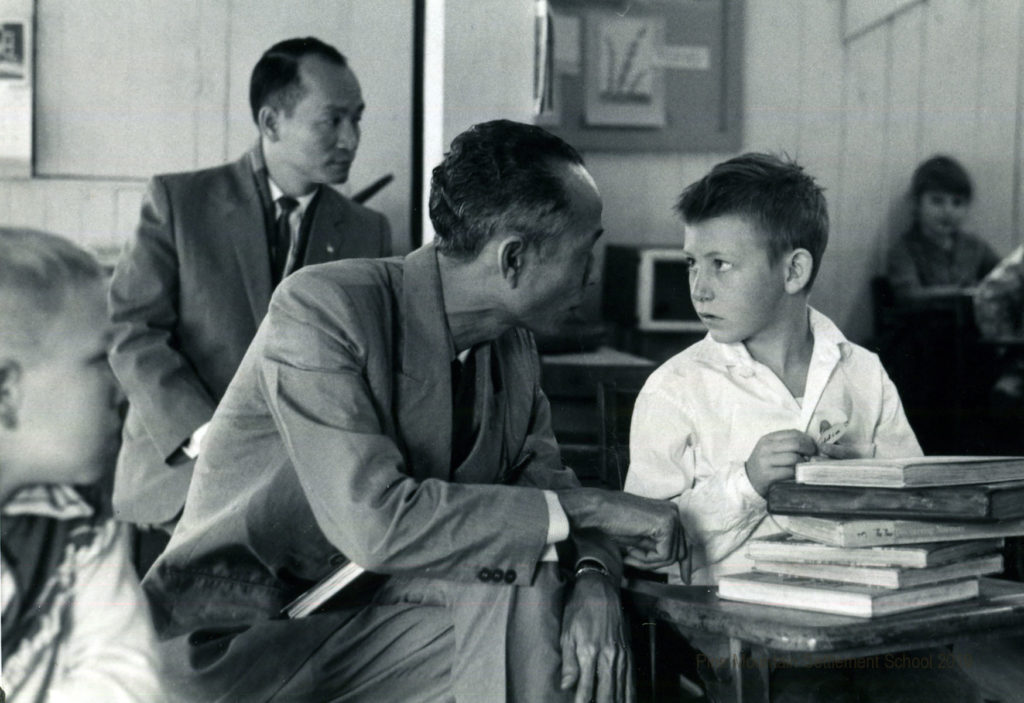
Vietnam visitors. [lynn_paul_comm_002c.JPG]
As workers came to Pine Mountain, they found themselves immersed in the experience of an often radically different culture. Through the worker’s camera lens, we can capture their interests — the photographer’s cultural shock, their empathy, and their struggle to place themselves within the context of rural Appalachia — or not.
Photographs are remarkable vehicles for primary source information. The visual content of the photographs, though often subtle, opens the viewer to the vivid experience of other cultures, of other times, other lives, and other dreams and visions. But, these images should not be viewed as experiences of “other,” but as experiences of self. By standing behind the lens with the photographer and by reading the images themselves, we can learn much about ourselves. If we look very closely, we can even see those things that staff member Mary Rogers said, “matter most.” While reflecting on the history of the institution, she wrote in the Preface of the Pine Mountain Album – 1913-1963, a publication prepared for the 50th anniversary of the School.
Most of us are so busy trying to do what must be done today, and planning ahead to what needs to be done tomorrow, that we have little time to look back to the things which happened yesterday. But we are celebrating an anniversary, the 50th anniversary of Pine Mountain Settlement School, and so we will turn to the past — get out the old album and look at the pictures.
John D. Shell and Wife Mary Nolan “Aunt Sis” Shell on their front porch with Watch, their dog. Before 1917. [mccullough_II_53_041xx.jpg
It’s a funny thing, looking at old pictures. They don’t show the things that matter most: Uncle William’s craving that his people might grow better; Miss Pettit‘s dedication to bringing help to the mountains; Mrs. Zande‘s high standards and loving understanding of people; Mr. Morris‘ dynamic energy; the different gifts brought by hundreds of workers over the years.
Nor do they show the important things in a student’s life: the moments of courage; the hours of service; the growth in understanding; the vivid enjoyment of life; the deepening love for a place and its people; and sometimes the realization that the source of all things is the Love of God.
All the same, let’s look at the pictures, some faded and old-fashioned, but taken because someone wanted to “keep” something from the past, and let us try and read into them the things for which they stand.
— Mary Rogers, 1963
35 Friends & Neighbors: “Rob Short, Mary Mann, Renee Scearse, Mary Ann Begley,” wedding. [Vl_34_1108_mod.jpg]
To view the full catalog of Pine Mountain Settlement School photographs, see the following GUIDE:
PHOTOGRAPHS Guide (Full and Expanded)
Some photograph albums are housed in flat file boxes. To locate photograph albums in box storage, see: PHOTOGRAPH ALBUMS Boxed
Direct access to original photographs and photographic materials is by permission only.
Please contact Pine Mountain Settlement School if photographs are to be used commercially. Fees for Commercial USE will apply.
See: USE AGREEMENT Commercial
FOR EDUCATIONAL AND PERSONAL USE ONLY, THERE ARE NO FEES
See: USE AGREEMENT Non-Commercial

